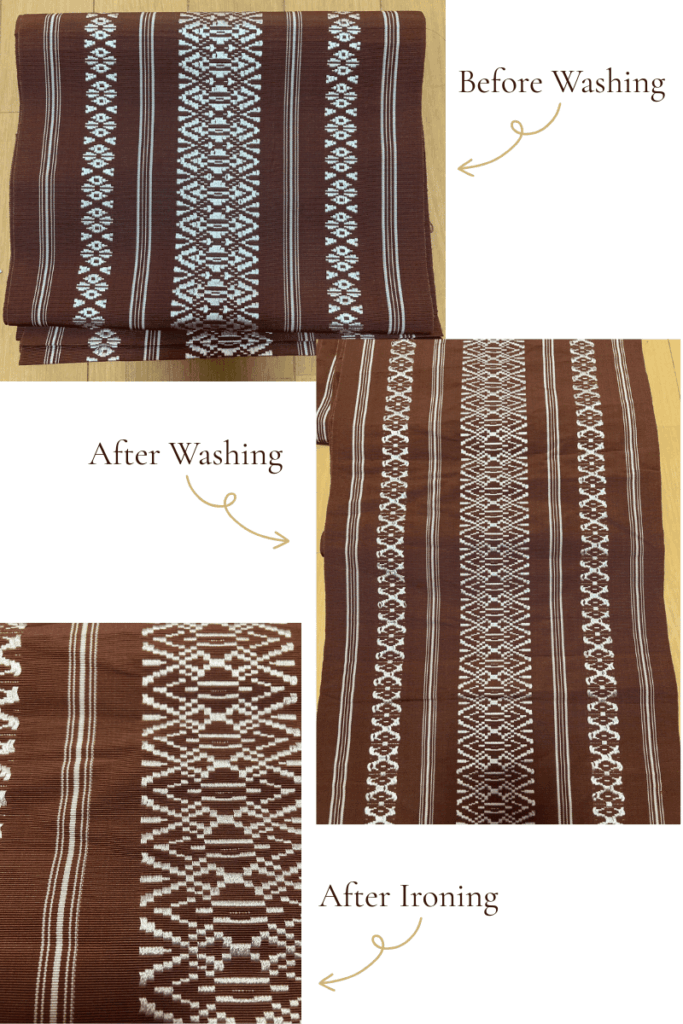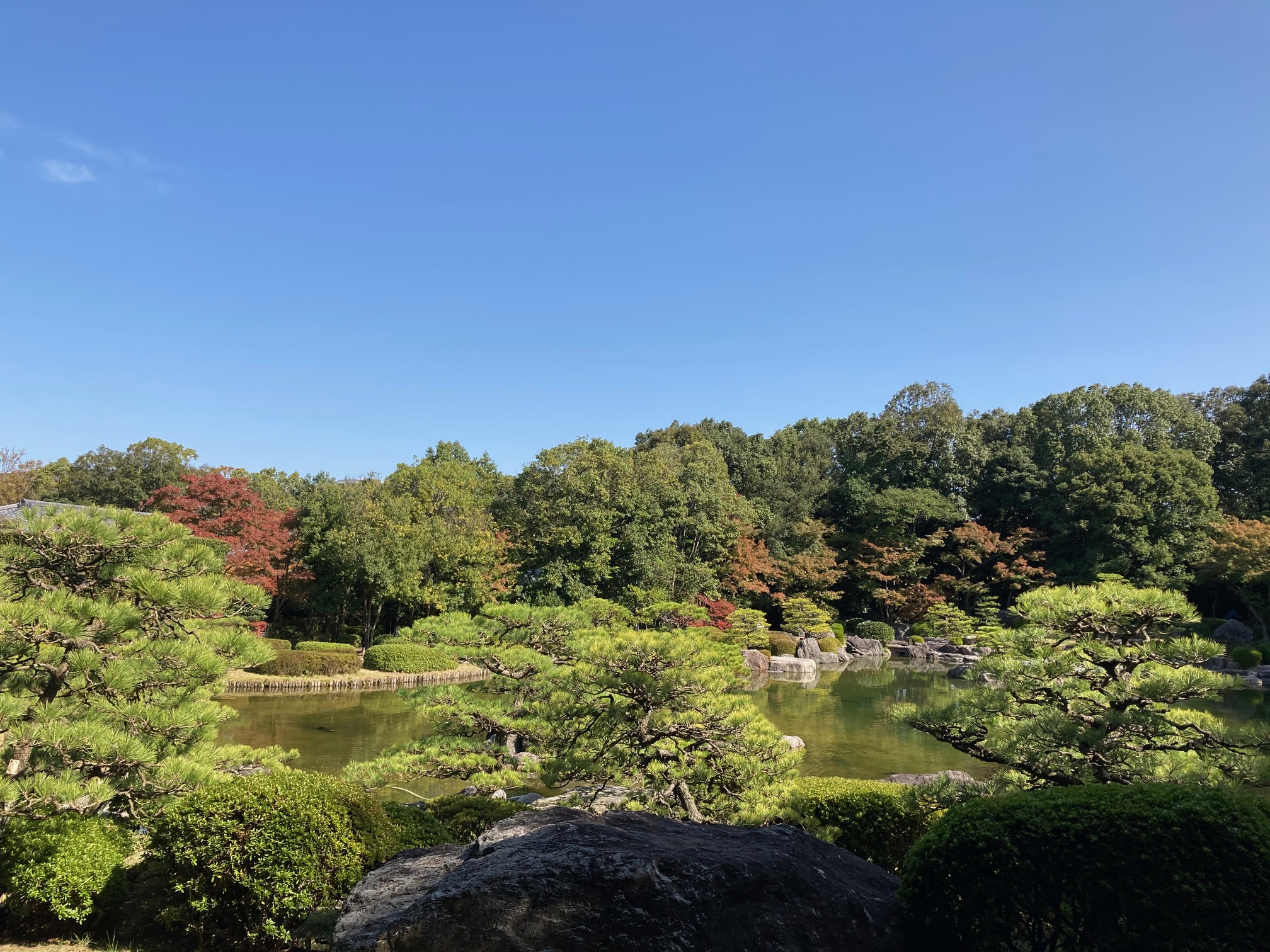Are you wondering how to properly care for your beautiful kimono? Whether you own a silk masterpiece or a casual polyester kimono, proper maintenance is crucial for preserving these treasured Japanese garments. In this comprehensive guide, I’ll share everything you need to know about kimono cleaning, storage, and maintenance based on my personal experience and traditional Japanese methods.
Understanding Different Types of Kimonos and Their Care Requirements
Silk Kimonos: The Luxury Option That Needs Professional Care
When it comes to silk kimono care, I always recommend leaving it to specialized kimono cleaning professionals. Here’s why this investment is worth it:
Why Professional Cleaning is Essential for Silk:
- Awase kimonos (lined kimonos) have outer fabric and lining made from different materials
- These materials shrink at different rates when washed at home
- Uneven shrinkage creates problems like baggy hems and misaligned seams
I’ve learned this lesson the hard way. Even “washable” polyester materials can cause headaches when cleaned at home. A friend helped me repair a kimono after home washing, but the outer material had shrunk significantly, especially the chirimen-style fabric.
The Bottom Line: If washable materials can have issues, imagine what could happen to delicate silk kimonos! Professional kimono cleaning might cost more than regular clothing care, but it’s worth protecting your investment.
Polyester Kimonos: Your Washable Alternative
Good news for polyester kimono owners – these can often be safely washed at home! Here’s my personal approach:
My Home Washing Method:
- I regularly wash polyester kimonos that feel sturdy and stiff
- The fabric’s stiffness is usually a good indicator it can handle machine washing
- When in doubt, consult a professional cleaner first
Safety First: The disappointment of damaging your favorite kimono isn’t worth the risk. If you’re unsure about any polyester kimono, seek professional advice.
Cotton and Wool Kimonos: Apply Your Regular Clothing Knowledge
Cotton and wool kimonos are typically made as hitoe (single-layer garments). You can usually care for these using the same methods you’d use for regular cotton or wool clothing.
Tip for Cotton Yukatas: According to traditional methods, hang cotton yukatas to dry without machine spinning. The water’s weight naturally smooths out wrinkles – brilliant, right?
Common Problem Areas: Where Kimonos Get Dirty Most
The Collar: Foundation Stains and Daily Wear
The collar is the most problematic area for stains, especially from foundation makeup. This happens particularly when I turn my neck to check my kimono’s back alignment while dressing.
Quick Home Solution: Some people handle collar stains at home using specialized products available at pharmacies. I recently purchased a stain-removal product specifically for this purpose and plan to share results once I test it.
The Chest Area: Meal-Time Mishaps
Eating while wearing a kimono can lead to chest area stains. Here are some preventive measures:
Protection Strategies:
- Use kimono-specific protective aprons during meals
- Try clips designed to secure furoshiki cloth at the collar
- I personally tuck a larger furoshiki cloth above the obi, covering down to my knees
Dealing with Stains and Discoloration
For spills or age-related discoloration, professional cleaning is your best option. Pricing varies by shop, but cleaners typically examine the actual garment and quote based on:
- Stain size and stubbornness
- Total number of stains
- Overall garment condition
Budget Consideration: Since professional cleaning isn’t cheap, sometimes it’s reasonable to accept minor stains in less visible areas.
Mold Alert: However, never ignore mold! Mold can spread to other kimonos stored nearby, so address mold issues immediately to protect your entire collection.
Essential Silk Kimono Care Practices
Post-Wear Airing: Your Most Important Habit
After wearing a silk kimono, always air it out before storage. This simple step prevents moisture-related mold growth and gives you a chance to spot any new stains.
My Airing Method:
- Dry indoors in a shady location to prevent discoloration
- About one hour of drying time is sufficient (advice from my dressing instructor)
- Avoid fluorescent lights, which can cause discoloration (purple colors are especially vulnerable)
Traditional Mushi-Boshi: The Time-Honored Method
Mushi-boshi is a traditional kimono care practice involving airing garments on clear, well-ventilated days in shady spots. While ideal, this method requires significant space due to kimono length.
Space-Saving Alternative: Simply open the drawers where you store kimonos to allow air circulation. This modified approach still provides benefits when full mushi-boshi isn’t practical.
Water Damage Prevention
Here’s a crucial tip: kimonos can be permanently stained by water itself! If you spill something while eating:
What NOT to Do: Never wipe with a damp towel or wet cloth
What TO Do: Gently press a dry towel on the stain to absorb liquid without spreading it
Obi Care: Treating Your Kimono Belt Right
Silk Obi Maintenance
Like silk kimonos, silk obi should be professionally cleaned. I’ve experimented with washing remake obi at home, but they often shrink or develop permanent wrinkles.
My Hakata-Ori Obi Experiment
I recently tried washing a secondhand Hakata-ori obi (single-layer) by hand. Here’s what happened:
My Process:
- Hand-washed carefully
- Brief 2-minute machine spin
- Air-dried completely
Results:
- Wrinkles appeared, especially in woven sections (expected)
- Ironing smoothed out most wrinkles successfully
- Some areas turned slightly white due to direct ironing
- Still perfectly wearable for casual occasions or dance practice
Important Note: I approached this as a potential loss. For valuable obi, always choose professional cleaning.
My Personal Commitment: I want to maintain my kimonos beautifully for as long as possible, though I admit space and storage limitations sometimes make ideal care challenging.

Polyester Obi: Home Washing Success
Polyester obi can typically be washed at home safely. However, consider the material’s thickness – thinner materials may wrinkle more easily. Try hanging before machine spinning to minimize wrinkle formation.
Obi Age and Obi Cord Care
Hand Washing at Home
Many people successfully hand-wash obi age and obi cord at home. I’ve washed obi age purchased for remaking projects without significant problems.
Helpful Options:
- Special silk detergents are available for delicate materials
- Alternative cleaning methods using benzene or lighter fluid (though I haven’t tried these personally)
Obi Cord Caution: I haven’t attempted washing obi cords yet, as a friend warned they tend to shrink significantly.
Final Thoughts: Protecting Your Kimono Investment
Proper kimono care requires understanding your garment’s materials and choosing appropriate cleaning methods. While professional cleaning costs more than regular clothing care, it’s often the smartest investment for preserving these beautiful, often irreplaceable garments.
Stay Tuned: I’ll continue sharing updates as I gather new information and conduct more care experiments. Your kimono deserves the best care possible – and with the right knowledge, you can provide it!
Remember: When in doubt, consult kimono care professionals. The peace of mind is worth the investment when dealing with precious garments that hold both monetary and sentimental value.




コメント